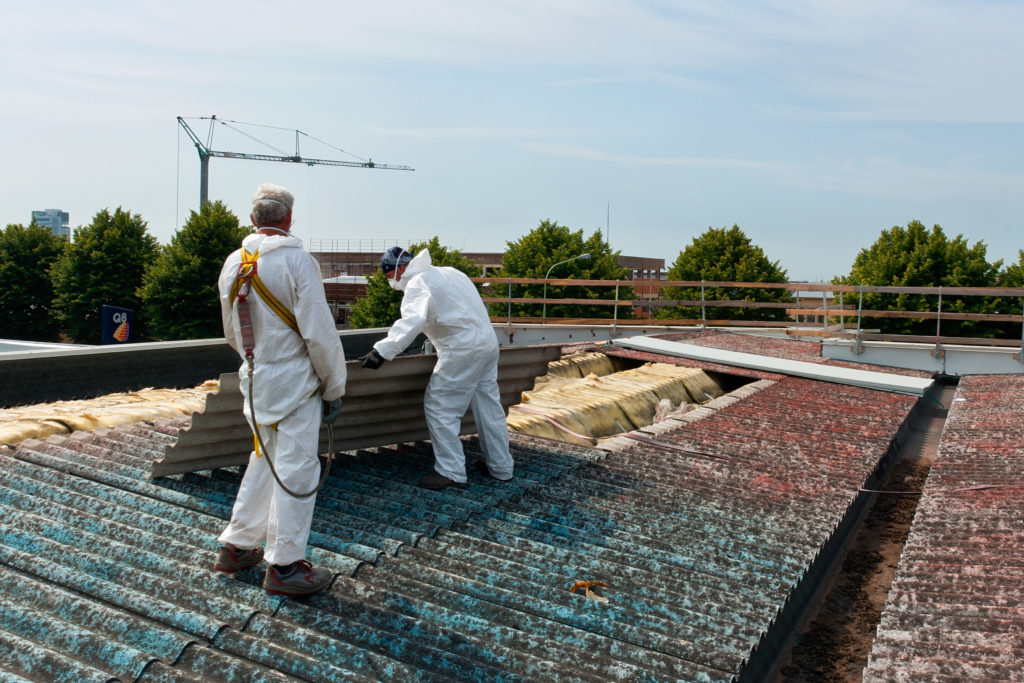One House’s Trash is Another Man’s Tax Break
Is it time to give the classic “Out with the old, in with the new” adage a makeover? For advocates of deconstruction, it’s all about “Last in, first out.” This environmentally-friendly alternative to demolition aims to preserve or reuse any recently-installed materials, and is an increasingly popular green option in the building industry.
Deconstruction is the process of unbuilding — rather than contributing to the ever-growing landfill mass, a team of workers will disassemble a home section by section, preserving as many of the materials as possible. Considering that construction and demolition contribute to a quarter of annual landfill waste, looking at building removal through a lens of recycle and reuse is incredibly important. The salvaged materials–ranging from floorboards and bricks to light fixtures and furniture–are then donated to nonprofits. This is a green benefit in more ways that one: these material donations can result in a sizable tax deduction for the building owner. Even unusable materials can find a new life as mulch or aggregate fill.
A side by side comparison of the hard costs of demolition and deconstruction may leave you wondering why anyone would pay $10,000+ more for the service, but seeing a cost breakdown that factors in tax credits can help sweeten the deal. It is also a creative and straightforward way to comply with LEED credits for your building project. Since 2001, there have been over 2,000 demolitions in the city of Richmond alone. As of 2018, there are over 2,300 vacant and in-violation buildings in Richmond — many of which could be slated for demolition. When you consider the fact that deconstruction has a considerably lower rate of air pollution than demolition, it’s easy to see how moving this alternative towards the mainstream could benefit neighborhoods as well as building owners.
Don’t want to miss a post? Sign up here to get the microblog delivered directly to your inbox every Thursday.
